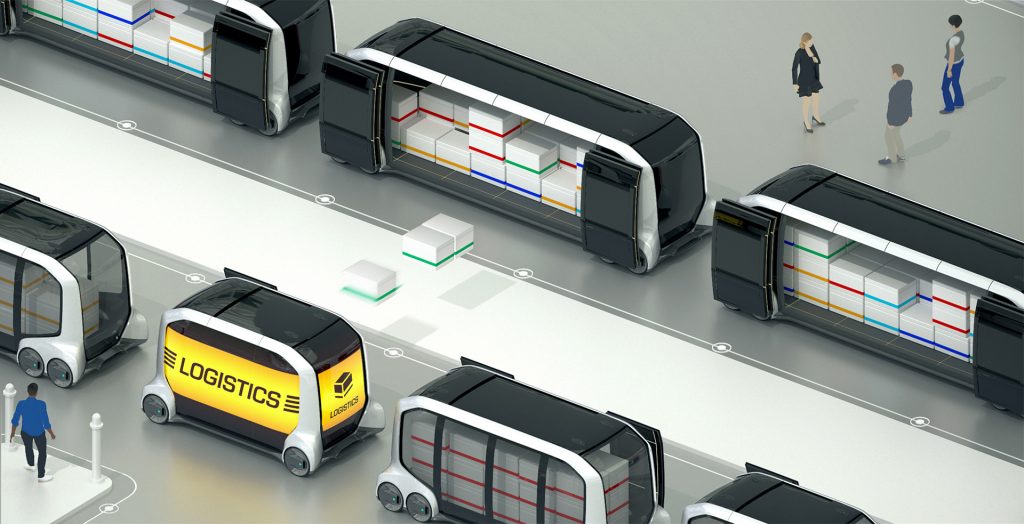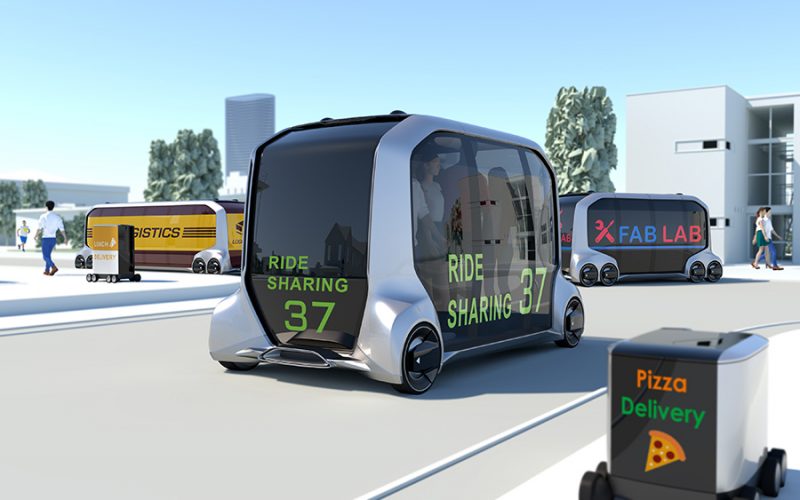Aging Population, Driver Decline Shows Urgent Need
A rapidly aging population, birthrate decline and a dearth of truck drivers are making Japan one of the ripest countries for self-driving technology, according to a story in the The Japan Times.
With sales of adult diapers surpassing diapers sales for babies, Business Insider described the “graying” of Japan as a “demographic time bomb.” The birth rate dropped to its lowest level since statistics began being kept in 1899 and with 67,824 people over the age of 100, it has the highest rate of centenarians of any country. In no area is the impact more dire than truck transportation, according to The Japan Times story:
“Driver shortages are getting worse year by year,” says Kazuyuki Uchida, chairman of the Hokuren Federation of Agricultural Cooperatives in Hokkaido, the largest agricultural region in Japan. “I hope self-driving technology will be realized soon as (driver shortages) will affect the logistics of farm products in Hokkaido…(which) sends about 3.5 million tons of farm products a year to the rest of Japan and the world. Maintaining our logistical capability is vitally important,” he said.
Hokkaido harvest more than 1.2 trillion in Yen worth of rice, vegetables and dairy products in 2017, double the production of the second biggest agricultural area. But the northern region’s shrinking labor force is a serious threat. Its population of 5.3 million as of Jan. 1 represents a 7 percent drop from a peak of almost 5.7 million in 1997, according to Ministry of Internal Affairs and Communications data.
Autonomous vehicles, too, will be greatly needed to serve an aging population that will be unable or willing to drive themselves in the future–but have no family available to help out because of the low birth rate.

Toyota’s graphical depiction of its autonomous vehicles in action.
Numerous companies are testing trucks in the United States, like German-based Daimler AG, but the timing of their roll out is unknown. SB Drive Corp., a subsidiary of major Japanese wireless carrier SoftBank Corp., is developing autonomous buses with France’s Navya SA, but is struggling with difficult road and traffic challenges. The 11-seat minibuses are often forced to stop when they encounter a pedestrian or cyclist or when GPS signals drop, said Atsuto Suyama, chief technology officer at the company.
“It has organized more than 50 trials of self-driving buses with the participation of over 12,000 residents across the country since 2016. In addition, from April last year, it has been operating three autonomous electric minibuses at the Fukushima No. 1 nuclear complex, crippled by the March 2011 earthquake and tsunami disaster, to transport workers engaged in decommissioning work.”
Last month Japan’s cabinet approved rules for operating partially self-driving vehicles, paving the way for the use of autonomous vehicles on public roads. The government will enforce an ordinance defining violations and setting penalties by May next year, as it envisions the use of Level 3 vehicles, which allow automated driving on expressways in 2020.
According to a Bloomberg.com story, Japan will begin allowing 100 driverless cars to roam Tokyo prior to the 2020 Summer Olympics. From this month through 2022, Japan will run tests on public roads in Tokyo, involving cars from 28 companies and institutions. The country seeks to sell fully autonomous vehicles by 2025, Bloomberg reported:
“Also during the sporting event, more than a dozen Toyota robot vehicles will run a continuous loop within the Olympic and Paralympic Village to shuttle athletes and staff. Another self-driving Toyota vehicle, known as Concept-i and packed with artificial-intelligence technology, will accompany torch relay runners.”
A cnet.com story explains that Toyota will offer several models for attendee and athlete transportation, including the E-Palette, a autonomous vehicle that fits 20 people and will only operate within the Olympic village.








Leave A Comment